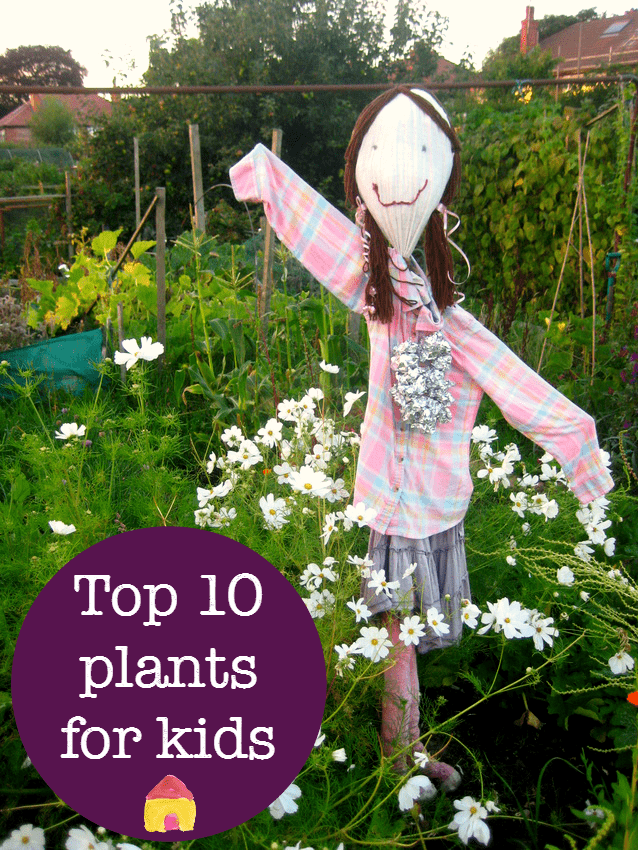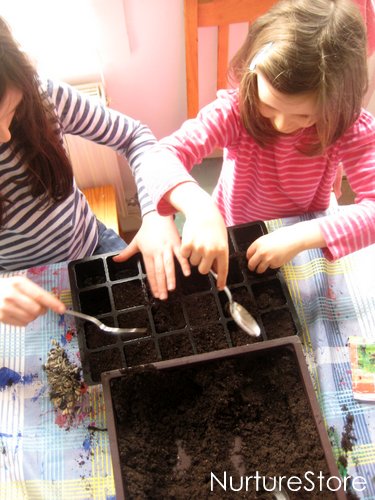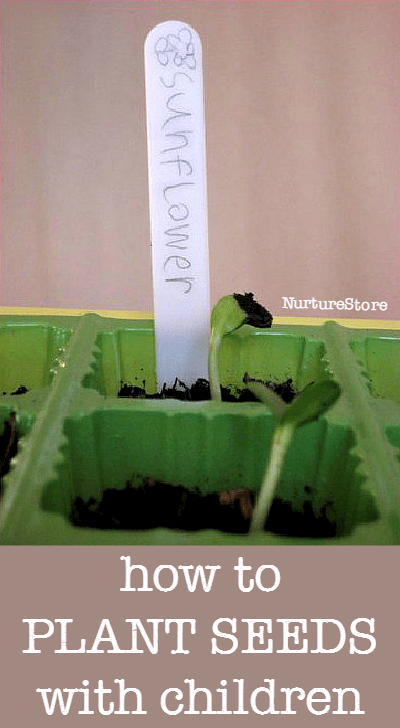This page contains affiliate links. NurtureStore gets commission for purchases via these links.
by Cathy James
This page contains affiliate links. NurtureStore gets commission for purchases via these links.
by Cathy James
We’re learning all about the weather and setting up a weather station in our yard. Here’s how to make a rain gauge for some great backyard science experiments.
by Cathy James
This kids art idea is a perfect rainy day activity and for April showers art – we’re painting with the rain!
by Cathy James
Here’s a guide to easy plants to grow with children to get them started on ‘My First Garden’.
Click play on the video above to see our guide to garden activities to do in April.
This monthly gardening guide of gives you great ideas for gardening activities for your children. They’re perfect for families gardening with kids, school gardening clubs, homeschoolers and homesteaders, and allotment gardening.
Subscribe to NurtureStore’s YouTube channel to get more gardening and nature study videos!
My girls are very excited to have their very own gardens this year. They always help with our planting, but this spring they’ve picked a selection of plants that they are going to grow from seed and then plant out in their own special garden.
Although we do buy-in some plants, most of the things we have in our Garden Classroom are grown from seed. One big avantage of growing from seed is that it’s much cheaper: a packet of seeds that might grow into a dozen (often more) plants, all producing flowers or food, can be a fraction of the price you’d pay if you bought those same plants as seedlings from a garden centre.
But there’s a bigger advantange when you’re gardening with children. A single seed can give you a whole year’s worth of science lessons, letting children see the full cycle of planting, germination, growing, and harvesting. They get to learn about sustainability, as they gather their own seeds from the plant, ready for planting the following year. And you just might find that children who are picky eaters are much more inclined to try new foods, if they’ve been involved in the hands-on process of growing them.

For our ‘My First Garden’ project I set out a selection of seeds so the children could make their own choice of what they wanted to grow. Each child had a seed tray with six sections in, so they could pick a maximum of six different types of seed.
You might like to pick:
:: Something that will gow tall and something that will stay small
:: Something that will give some pretty flowers
:: Something that you can eat

I asked my girls for their top ten plants (which you can grow in early spring) Their favourites are:
Sweetpeas :: marigold/ Calendula :: snapdragons / Antirrhinum :: sunflowers :: peas :: sugar snap peas :: beans :: cut-and-come-again variety of lettuce :: radish :: spring onions :: summer squash :: courgette
Check your seed packets for particular details of the variety you have chosen, as some may need to be started in a greenhouse or indoors until after the risk of frost has gone. It’s also a good opportunity for children to have a try at reading some instructional/ factual information, and meeting some new vocabulary words.
Before you plant, take a good look at the different seeds: you’ll notice they are all sorts of shapes, sizes and colours. Some even smell different.

We use a peat-free potting compost, which contains a good mix of nutrients to get seeds off to a healthy start. Use this guide for how to plant seeds with kids for some extra tips and learning activities.

Everyone can make their own special label to mark which seed tray belongs to them. Ours are going outside in our mini-greenhouse for a month or so, while the seeds germinate and begin to grow. Then we’ll be back to pot them on, when they need to move into bigger plant pots, and then to plant them out in each child’s own special section of our Garden Classroom.

A complete unit of spring growing lesson plans to make it easy for you to plan a spring nature study curriculum. See my Seeds and Sprouts lesson plans here.
Click here for our complete Spring resources of lesson plans, activities and printables
by Cathy James
This creative writing activity invites children to combine art, writing and imagination as they turn a bird craft into the very special homemade book.
by Cathy James
There’s not really any great mystery about how to plant seeds with kids, but these tips and tricks will give you lots of extra play and learning ideas to make the most of your spring planting.


